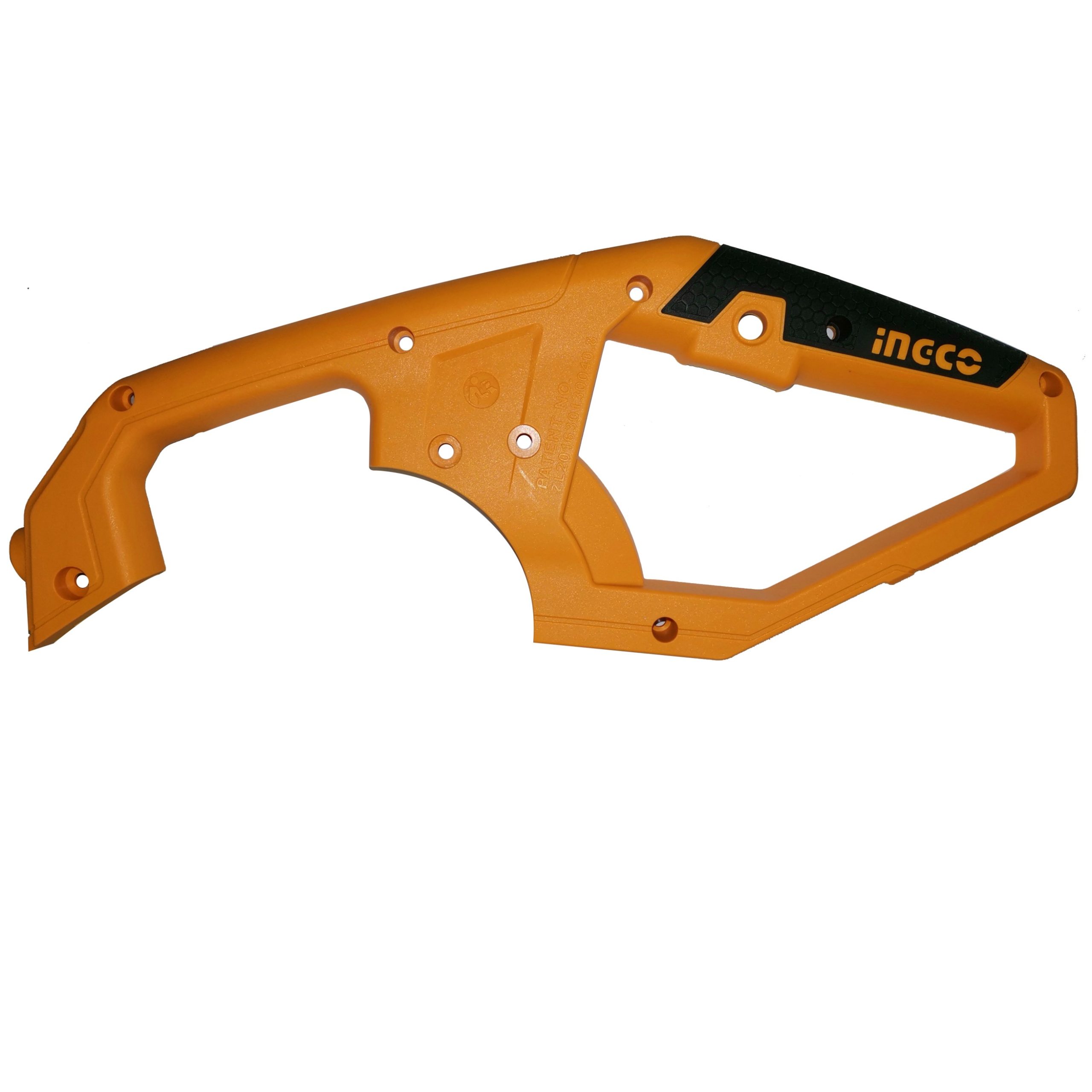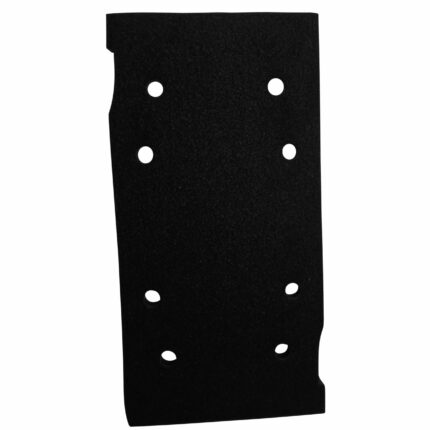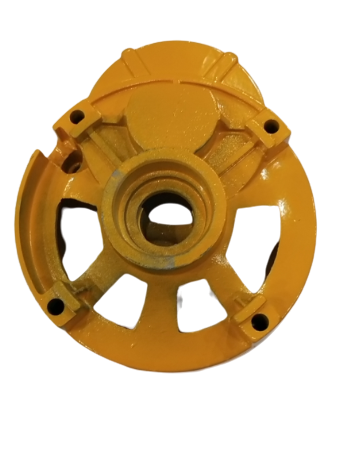The Guiding Hands: Unveiling the Cut-Off Saw Left and Right Handles
While the blade of a cut-off saw may steal the spotlight, the left and right handles play a crucial role in ensuring user control, comfort, and safety. Here’s a breakdown of these essential components:
Function:
-
Steering the Cut: The primary function of the left and right handles is to provide a secure and comfortable grip for the user while operating the saw. These handles allow you to guide the saw accurately along the cutting line, ensuring straight and precise cuts.
-
Balance and Control: The handles are positioned on either side of the motor housing to distribute the saw’s weight evenly. This balanced design allows for better control during operation, minimizing fatigue and reducing the risk of accidental blade misalignment.
Design and Construction:
- Material: Cut-off saw handles are typically constructed from durable and ergonomic materials like rubber or a combination of rubber and plastic. These materials provide a comfortable grip and help absorb vibration during cutting.
- Shape and Size: The shape and size of the handles can vary depending on the saw model. They are often D-shaped or pistol-shaped, designed to fit a natural handhold for optimal control. Some handles might incorporate grooves or texturing for added grip.
- Ambidextrous Operation: In some cut-off saw models, both handles might be identical, allowing for comfortable operation for both right-handed and left-handed users. Other models might have a slightly different design for the front handle (typically the left handle) to accommodate different hand positions.
Safety Considerations:
- Maintaining a Firm Grip: Always maintain a firm grip on both handles during operation. A loose grip can lead to loss of control and potential injury.
- Proper Hand Placement: Refer to your saw’s manual for proper hand placement instructions. Avoid placing your hands too close to the cutting blade for safety reasons.
Left vs. Right Handle (Blade Location Considerations):
- Right Blade Location: In most cut-off saws, the blade is located on the right side of the motor housing. This design allows the user to see the cutting line clearly while having their dominant hand (typically the right hand) closer to the trigger on the rear handle.
- Left Blade Location (Less Common): Some specialty cut-off saws might have the blade located on the left side. This configuration can be beneficial for left-handed users, offering a more natural cutting experience. However, left-handed users can still operate right-blade saws comfortably by adjusting their hand positioning.
In Conclusion:
The left and right handles of a cut-off saw are more than just grips; they are essential components for safe and accurate cutting. Understanding their function, design, and proper usage can significantly enhance your control and improve your overall cutting experience. Remember to always maintain a firm grip on both handles, refer to your saw’s manual for specific instructions, and prioritize safety during operation.












Reviews
There are no reviews yet.